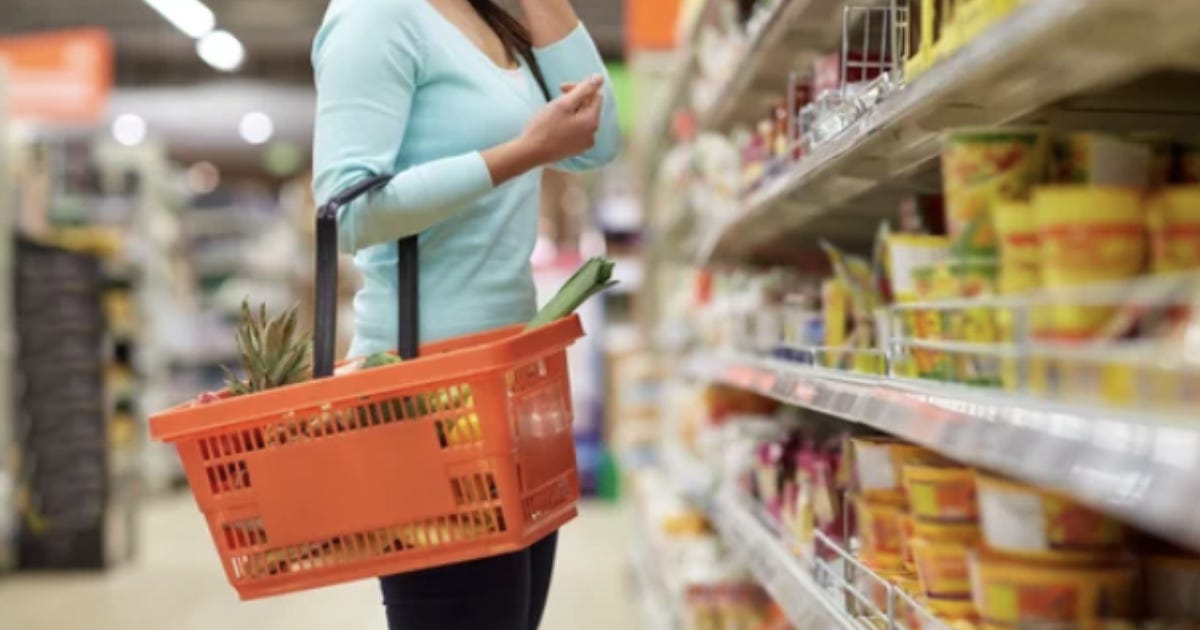OP-ED: Canada’s painful return to food inflation
Sylvain Charlebois writes, "Almost a year ago, Canada’s Food Price Report projected that food inflation in 2025 would range between three and five per cent. We now stand squarely at four."
Author: Sylvain Charlebois
Almost a year ago, Canada’s Food Price Report projected that food inflation in 2025 would range between three and five per cent. We now stand squarely at four. For consumers, it’s been a bruising year. After months of relative calm, grocery prices have surged again since spring, driven by tariffs, weather disruptions, and a weakening Canadian dollar.
Between March and September, food inflation jumped sharply across several everyday staples. Coffee and tea prices rose by nearly fifteen percentage points, sugar and confectionery climbed by more than three, while beef and condiments each increased by about one. These aren’t luxury goods—they’re breakfast-table essentials. Canadians are paying more for their morning coffee, family barbecues, and pantry staples than they were just six months ago.
When compared with other G7 countries, Canada’s performance stands out—and not in a good way. Japan currently faces the highest food inflation rate at 7.2 per cent, followed by the United Kingdom at 5.1 per cent. Canada sits third at 3.8 per cent, the only G7 country to post three consecutive monthly increases. Italy follows closely at 3.7 per cent, while the United States, Germany, and France are all below Canada at 3.2, 2.9, and 1.7 per cent respectively. For an advanced, food-producing nation, this is not a comfortable position.
Much of the renewed pressure can be traced back to trade policy. The counter-tariffs introduced in March, combined with new U.S. measures, have quietly inflated costs across the entire food chain. Tariffs are, by nature, inflationary—they disrupt market efficiencies, raise input prices, and trigger retaliatory actions that make goods more expensive on both sides of the border. What begins as a political statement quickly becomes an economic burden, felt most acutely in grocery aisles.
The loonie’s recent weakness has only made matters worse. Since January, the Canadian dollar has fallen significantly against the U.S. dollar, amplifying the cost of imported products such as coffee, cocoa, and processed foods. For a country that imports roughly $70 billion in food annually, currency depreciation functions like a silent tax on every grocery bill.
As we move into the winter months, these forces show few signs of easing. Transportation costs remain high, retailers are passing along supplier increases, and consumers are already adapting by trading down or buying less. While overall inflation is moderating elsewhere in the world, Canada’s food sector is moving in the opposite direction.
Prime Minister Mark Carney recently remarked that his government will be judged by the prices Canadians pay at the grocery store. On that score, Canadians are indeed paying attention. Tariffs, trade friction, and a soft currency have all converged to make food more expensive—and voters are noticing. In a world where food inflation is once again a global problem, Canada’s return to the top of the G7 pack is an unenviable distinction.
— Sylvain Charlebois is director of the Agri-Food Analytics Lab at Dalhousie University, co-host of The Food Professor Podcast and visiting scholar at McGill University.



Unfortunately more pain to come.
A Lot More.
For that..
Thank a Liberal.
I don't no what these jerks are basing the food increase on. My grocery bill has increased over last year by about or near 20%. Maybe it's the food I eat, that no one else eats. The same meat I bought last year was $10 dollars. Now it's $12, and the weight size dropped 25%. Using this for an example. A cheap loaf of bread was $1.98, now the same loaf is $2.49. Apples, $1.97/per lb. now $2.97. Potatoes $7.49 per 10lb. now $8.99. Again, where do these A holes come up with these figures. 2.2% and the like. And idiots keep voting for this.